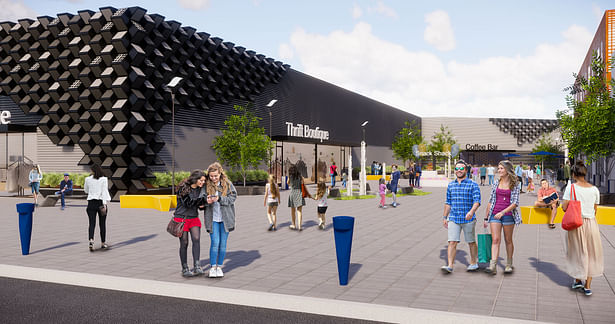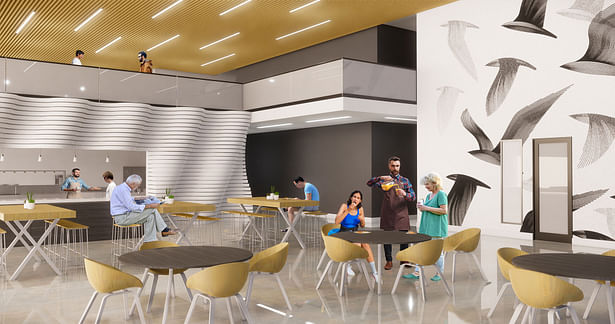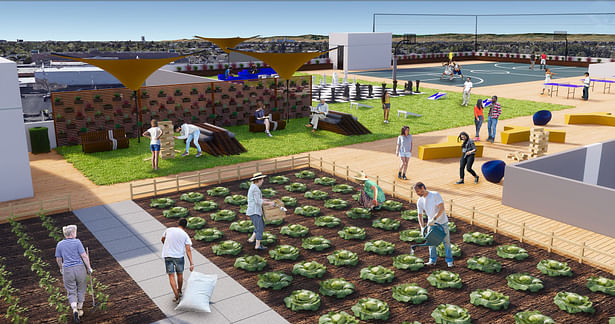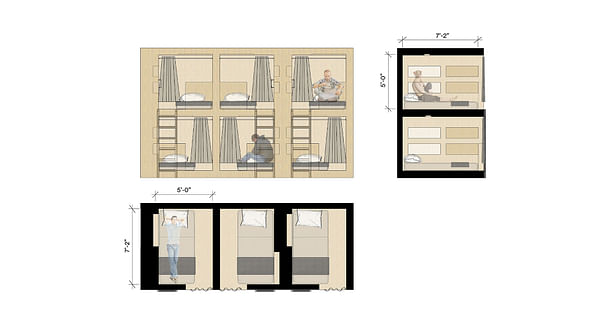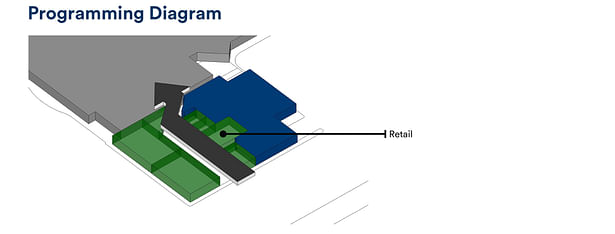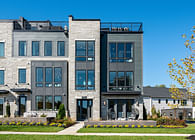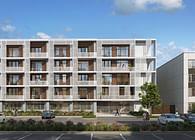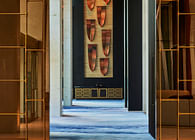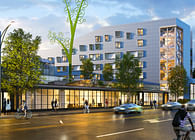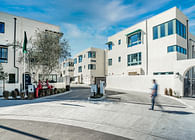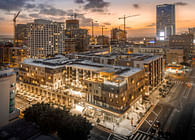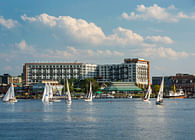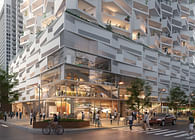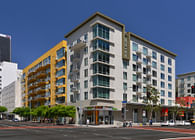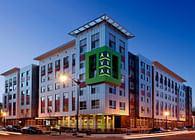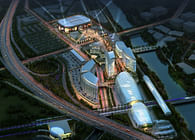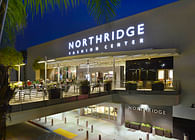
Irvine, CA | Chicago, IL | Denver, CO | Oakland, CA | Los Angeles, CA | Washington, D.C.
Re-Habit is a self-supporting, mixed-use transitional housing concept that repurposes underutilized commercial space. The main goal of the project is to be self-supporting through employing housing residents. Re-Habit, in this 86,000 sq. ft. anchor retail store, offers care for up to 344 single men and women. The previous square footage for the big box store is compartmentalized to contain 7 retail stores ranging from 1,000 sq. ft. to 10,500 sq. ft. in the west wing of the building with a separate east wing for the transitional housing. The square footage of the new smaller retail stores totals 32,800 sq. ft. The east wing includes all the necessary spaces and programming for the residents and 4 types of sleeping accommodations. The amount of independence and privacy evolves the longer a resident participates in the program. The typical resident begins the program by living in a large room with 20-bed pods. As they progress through the program, residents move to a room with 12-bed pods, then to a 2-bed room, and eventually to an apartment unit with 3 roommates, equipped with their own bathroom and kitchen.
Status: Unbuilt
